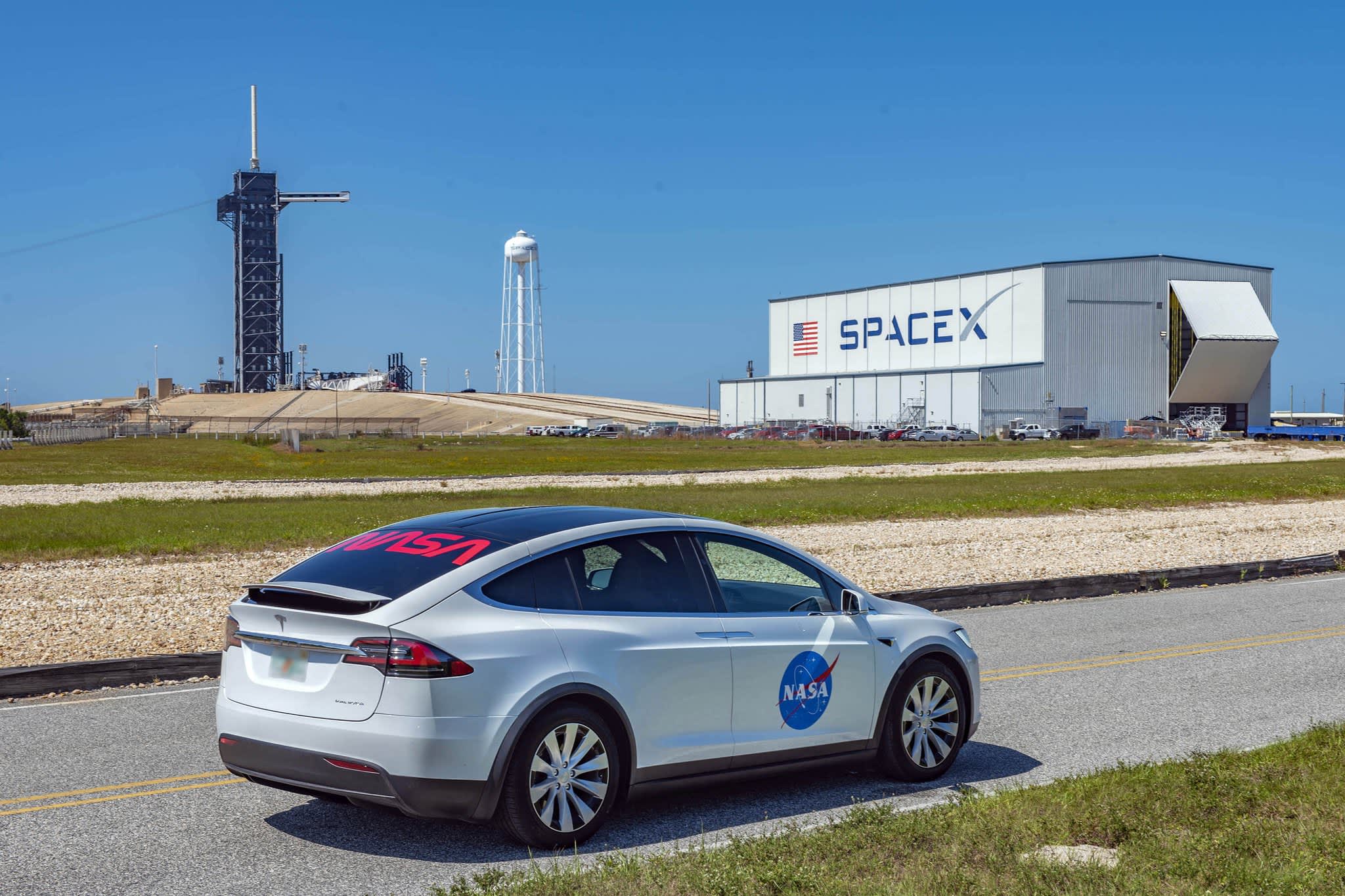SpaceX wants to connect its Starlink satellite internet network to moving vehicles

A Starlink user terminal being set up.
SpaceX
SpaceX wants to begin connecting moving vehicles – from cars and trucks to jets and ships – to its Starlink satellite internet network, according to a request the company filed with the Federal Communications Commission.
“This application would serve the public interest by authorizing a new class of ground-based components for SpaceX’s satellite system that will expand the range of broadband capabilities available to moving vehicles throughout the United States and to moving vessels and aircraft worldwide,” SpaceX director of satellite policy David Goldman wrote in a letter to the FCC filed on Friday.
Starlink is the company’s capital-intensive project to build an interconnected internet network with thousands of satellites, known in the space industry as a constellation, designed to deliver high-speed internet to consumers anywhere on the planet.
To date SpaceX has launched more than 1,100 satellites for Starlink. In October, SpaceX began rolling out early service in a public beta to customers in the U.S., Canada and the U.K., with service priced at $99 a month. Additionally, in a late January update, SpaceX told the FCC that its Starlink beta now has more than 10,000 users.
The Starlink service also includes a $499 upfront cost for the hardware needed to connect to the network. Known as the Starlink Kit, it includes a user terminal (the small, dish-like antenna) and a Wi-Fi router.
SpaceX did not indicate in its filing Friday whether the Starlink user terminals for moving vehicles will have a different design than the dishes currently being shipped to early customers. But SpaceX said each “ESIM,” or Earth Station In Motion, is “electrically identical to its previously authorized consumer user terminals,” with added “mountings that allow them to be installed on vehicles, vessels and aircraft.”
The company also noted that it “will ensure installation” of the vehicle terminals through “qualified installers.” While SpaceX did not say whether those installers would be company employees, it continues to expand Starlink manufacturing and operations – including plans for a new equipment factory in Austin, Texas.
The Tesla Model X that will carry astronauts to the launchpad for SpaceX.
NASA
Elon Musk’s space company last year asked the FCC for authorization to conduct experimental testing on private jets and with its maritime fleet of vessels. But Friday’s request is for a much broader “blanket license” for operations. SpaceX noted that the FCC’s rules “do not require applicants to submit a maximum number of user terminals to be deployed,” so the company did not indicate how many vehicle terminals it plans to build.
SpaceX also noted that, for U.S. aircraft that fly into another nation’s airspace, the company will ensure its Starlink service operators under either the FCC or the other nation’s rules, “whichever is more constraining.”
The company highlighted the need for “connectivity while on the move” as driving its expansion to mobile internet services, director Goldman giving examples of U.S. truck drivers, European freighters and international flights as showing the need for global connectivity.
The increasing demand for data from the automotive sector is one area that Morgan Stanley analyst Adam Jonas has highlighted as a target market for Starlink. During a Tesla investor conference call last year, Jonas asked Musk whether the CEO was considering adding Starlink terminals to Tesla vehicles. While Musk said there were “no plans for it” in 2020, he acknowledged that “it’s certainly something that could be happening in the coming years.”
SpaceX now wants to make that happen.
“This application takes the next step by seeking authority for ESIMs that will enable the extension of that network from homes and offices to vehicles, vessels, and aircraft,” Goldman said. “These services will enhance the security of mobile platforms and allow operators and passengers to access services that enable increased productivity.”
Subscribe to CNBC PRO for exclusive insights and analysis, and live business day programming from around the world.




